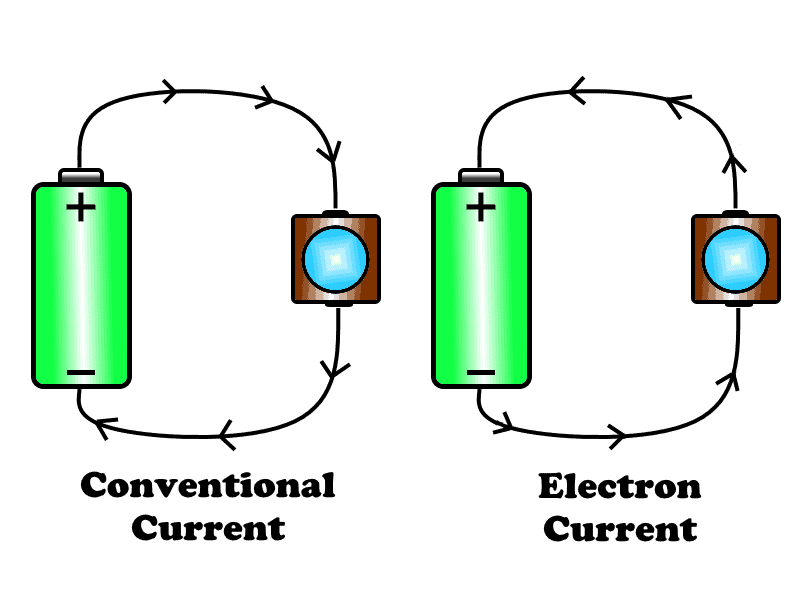When thinking about visiting a new place, or maybe just curious about how things work in different parts of the globe, one thing that often comes up is the money people use there. It's a pretty fundamental part of daily life, isn't it? Knowing a bit about a country's main form of payment can really help you get a better picture of its everyday dealings and how things flow. So, if you've ever wondered about the money in Iran, you're in the right spot to get some plain talk about it.
The financial piece that keeps things moving in Iran is, actually, a particular kind of money. It's the recognized way to pay for things, whether you are buying goods, getting a service, or taking care of other money matters. This system of payment is, like, the very core of how people buy and sell within the country's borders, making all transactions possible. It is, you know, what everyone uses for their financial comings and goings.
This guide aims to lay out the plain facts about this money. We will chat about what it is called, how it works in practice, and some bits of information that might be helpful, especially if you are thinking of a trip there. It’s a good idea, in a way, to have some general sense of these things before you go, or even just to satisfy your curiosity about the current official currency of Iran.
- Aditi Mistry Live Porn
- Aditi Mistry Nude Porn
- Romantic Escape
- Michael Jackson Early Life
- Aditi Mistry App Live Video
Table of Contents
- What is the Current Official Currency of Iran?
- Getting to Know the Current Official Currency of Iran
- How Does the Current Official Currency of Iran Work?
- The Dinar - A Part of the Current Official Currency of Iran, But Not Quite
- What About Exchanging the Current Official Currency of Iran?
- Official Rates Versus the Market Rate of the Current Official Currency of Iran
- Why is the Current Official Currency of Iran Important for Visitors?
- Practical Tips for Handling the Current Official Currency of Iran
- A Look at Currency Beyond the Current Official Currency of Iran
What is the Current Official Currency of Iran?
The main form of money in Iran, the one that is officially recognized, is known as the Iranian Rial. It's the specific unit of value that people use for all their buying and selling within the country. You might see it written as "Rl" if you're talking about just one of them, or "Rls" if you mean more than one. Sometimes, too, it's almost seen as "ir" in Latin letters, or "Irr." This is the country's official way of paying for things, basically, the backbone of all the financial dealings and economic activity that happens inside Iran's borders. It's the accepted payment method for everything from everyday purchases to bigger business deals, and it's what the government itself says you should use for any money owed, like taxes.
Getting to Know the Current Official Currency of Iran
So, when you are talking about the money that Iran uses, you are talking about the Iranian Rial. It is, in fact, the only money that is currently used there for formal transactions. This means that if you are paying for something, or someone is paying you, it will be in Rials. The Iranian government gives it its full blessing, meaning it's the legal way to settle any money owed. This includes, as a matter of fact, paying for items you buy, services you receive, any taxes that are due, and even other financial obligations or debts. It's the central piece of how money moves around in the country, really.
How Does the Current Official Currency of Iran Work?
The Iranian Rial, like many forms of money, is broken down into smaller pieces. It is, in a way, divided into 100 units, and each of these smaller units is called a Dinar. This is a common setup for many types of money around the globe, where a main unit has smaller parts. However, with the Iranian Rial, there is a bit of a difference here. You see, while it is technically divided into these Dinar units, you won't actually find people using Dinars in their daily buying and selling. This is because, honestly, the Rial itself has a rather low value when it comes to what it can purchase.
The Dinar - A Part of the Current Official Currency of Iran, But Not Quite
To be more specific, because the Rial's ability to buy things is, you know, so low, those smaller Dinar parts just aren't practical for everyday transactions. Imagine trying to pay for something with tiny, tiny fractions of a cent; it just doesn't make sense. So, even though the Rial is officially broken down into 100 Dinars, you won't typically see Dinar amounts being used in stores or for everyday payments. The value of one Iranian Rial is, actually, so small that these Dinar denominations are simply not part of the common way people handle their money. They are, in a way, just a theoretical subdivision.
What About Exchanging the Current Official Currency of Iran?
When it comes to swapping other forms of money for the Iranian Rial, things can be a little bit different from what you might expect in some other places. There is, of course, an official exchange rate for the Rial, and this rate is set by the Central Bank of Iran. This is the rate that is formally recognized and used for official dealings. However, it's pretty common for there to be another rate that you find in the general market, sometimes called the "black market" rate, and this rate is usually, like, much higher than the official one.
Official Rates Versus the Market Rate of the Current Official Currency of Iran
The reason for this difference between the official rate and the market rate for the current official currency of Iran has to do with a few things. Often, there might be a bit of a shortage of money from other countries, and also, inflation can play a part. This means that the real value of the Rial in the everyday market can be quite different from what the official numbers say. In fact, the rate at which you can swap money can change day by day, and even hour by hour, depending on Iran's economic situation and its relationships with other countries. So, getting a little bit of advice from someone who knows the ropes, like a friendly agent, could, you know, really help you find the best way to get your money changed into Rials.
There are services available that can help you with this, too. You can often find places that offer services like sending money cheaply, or even providing data about money rates through an application interface. You can also find tools that let you swap one type of money for another, seeing how much one dollar is worth in Rials, for example, or doing the calculation the other way around. These tools often show live rates for the Iranian Rial and even the price of gold in Iran's general market, which can be pretty useful. They let you compare how much your money is worth against, like, all other forms of money, helping you see the best rates for moving money across borders or for your travel cash.
Why is the Current Official Currency of Iran Important for Visitors?
For people who are planning to visit Iran, having some sense of the money used there is, honestly, quite important. Knowing about the local money is a big piece of getting ready for your trip. It helps you understand how much things might cost and how you will pay for them once you are there. This kind of information is, like, pretty helpful for making sure your trip goes smoothly and you don't run into any surprises when it comes to paying for things.
Practical Tips for Handling the Current Official Currency of Iran
A good guide for visitors will often clear up any questions about the difference between the Rial and another term you might hear, "Toman." While the Rial is the official money, people sometimes talk about prices in Tomans, which is, you know, often just the Rial amount with one zero taken off. So, for example, 10,000 Rials might be called 1,000 Tomans. Knowing this little trick can save you some confusion. The guide would also give you current exchange rates and some useful ideas for how to handle your money while you are there. It’s about having a practical way to deal with your spending, so you can enjoy your time without worrying too much about the money side of things.
The Iranian Rial, as the officially recognized money of Iran, plays a truly central role in keeping trade going, making business happen, and facilitating all the everyday buying and selling that people do. It is, basically, the grease in the wheels of the country's economy. Without it, none of the daily transactions that make up life would be possible. It's the accepted way to settle any money owed, including paying for goods, getting services, paying taxes, and clearing any debts. It is, in short, what makes the financial world turn in Iran.
A Look at Currency Beyond the Current Official Currency of Iran
Just to give you a bit more context about how money systems work in different places, it is interesting to note that other countries have their own money, too. For instance, the Central Bank of Yemen has the sole say in issuing the Yemeni Rial. This money, like the Iranian Rial, is also divided into smaller parts, with 100 Fils making up one Yemeni Rial. The Yemeni Rial became the officially recognized money of North Yemen back in the 1960s, when that part of the world gained its freedom. And it has continued to be the money used in a united Yemen since 1990. This shows that, in a way, while money systems have common elements, each country's money has its own story and its own rules.
Related Resources:



Detail Author:
- Name : Hailie Shanahan DVM
- Username : al.mayer
- Email : torphy.marty@yahoo.com
- Birthdate : 1995-11-28
- Address : 4920 Kyleigh Shore Krajcikberg, AL 90770
- Phone : 409.471.2324
- Company : Howell, Ortiz and Greenholt
- Job : Well and Core Drill Operator
- Bio : Excepturi neque magni ex. Odio assumenda vel consequatur molestiae blanditiis assumenda voluptatibus. Enim distinctio accusantium rem inventore. Tempora iste sed nam molestiae et.
Socials
linkedin:
- url : https://linkedin.com/in/aheaney
- username : aheaney
- bio : Quidem sit molestiae voluptates vel.
- followers : 374
- following : 295
twitter:
- url : https://twitter.com/heaneya
- username : heaneya
- bio : Sed illum et ea quos assumenda expedita dolores. Molestiae qui saepe quas nihil libero eveniet repellat. Optio praesentium animi minus quae.
- followers : 2268
- following : 2340
facebook:
- url : https://facebook.com/alexanneheaney
- username : alexanneheaney
- bio : Esse eius eos aut est fuga quo libero.
- followers : 552
- following : 1318